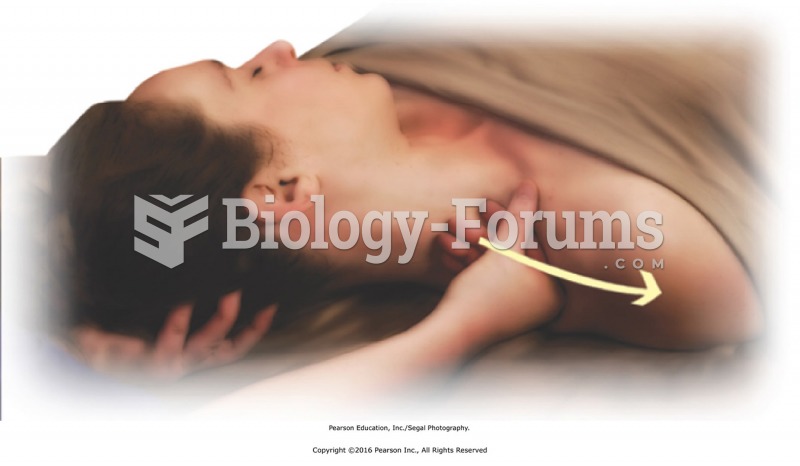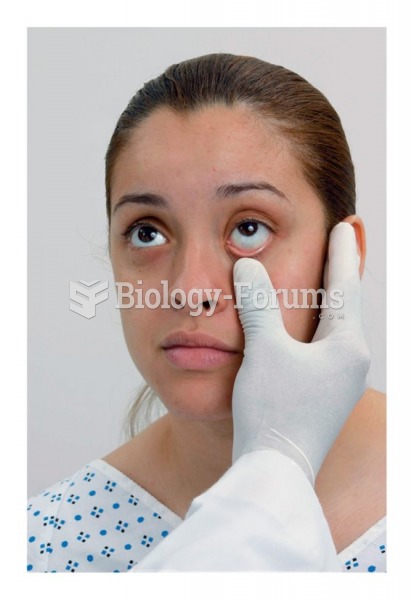|
|
|
Did you know?
Elderly adults are at greatest risk of stroke and myocardial infarction and have the most to gain from prophylaxis. Patients ages 60 to 80 years with blood pressures above 160/90 mm Hg should benefit from antihypertensive treatment.
Did you know?
The human body produces and destroys 15 million blood cells every second.
Did you know?
The familiar sounds of your heart are made by the heart's valves as they open and close.
Did you know?
By definition, when a medication is administered intravenously, its bioavailability is 100%.
Did you know?
Most women experience menopause in their 50s. However, in 1994, an Italian woman gave birth to a baby boy when she was 61 years old.







